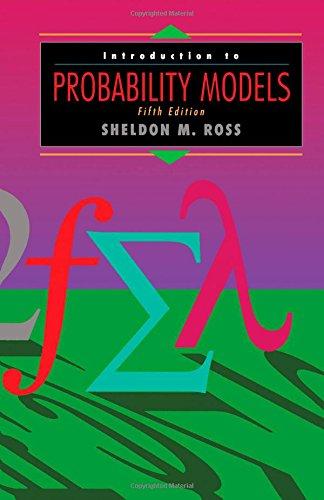43. This problem will present another proof of the Ballot Problem of Example 3.21. (a) Argue that...
Question:
43. This problem will present another proof of the Ballot Problem of Example 3.21.
(a) Argue that Pn,m = 1 - Ñ [A and  are tied at some point)
(b) Explain why P[A receives first vote and they are eventually tied)
= P[B receives first vote and they are eventually tied)
Hint: Any outcome in which they are eventually tied with A receiving the first vote corresponds to an outcome in which they are eventually tied with  receiving the first vote. Explain this correspondence.
(c) Argue that Pfeventually tied) = 2m/(n + ra), and conclude that Pn,m = (n - rri)/(n + m).
Fantastic news! We've Found the answer you've been seeking!
Step by Step Answer:
Related Book For 

Question Posted:






